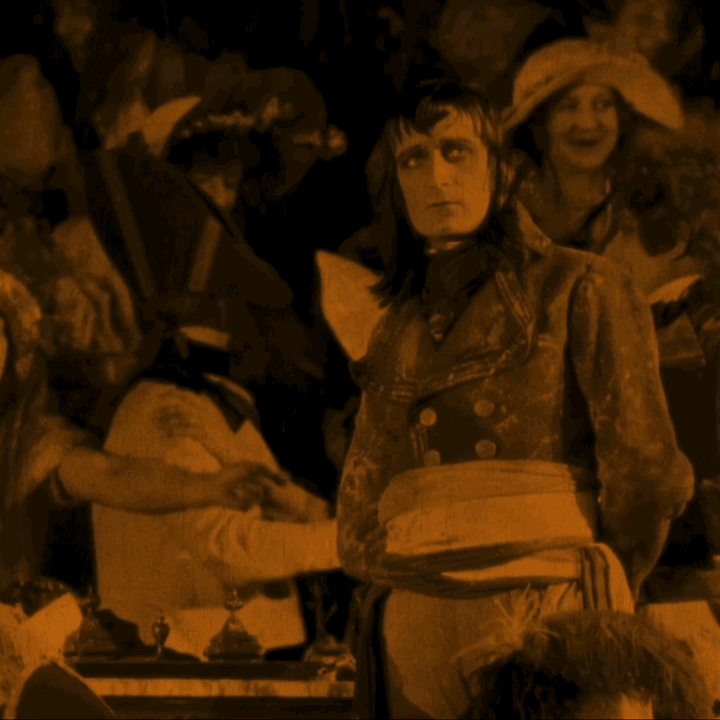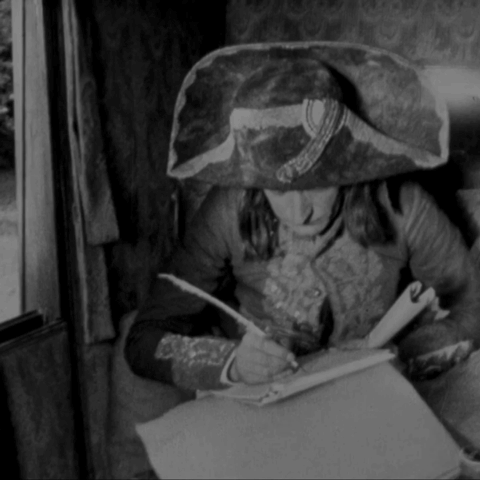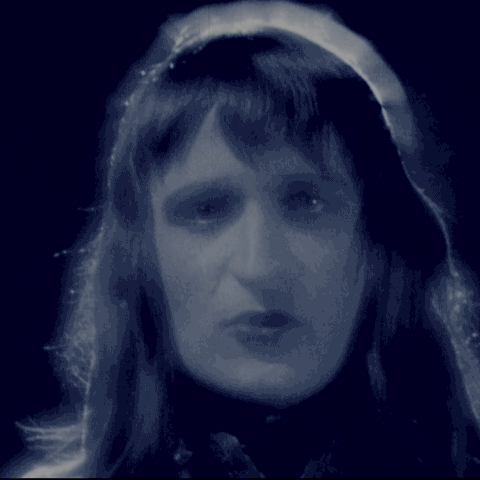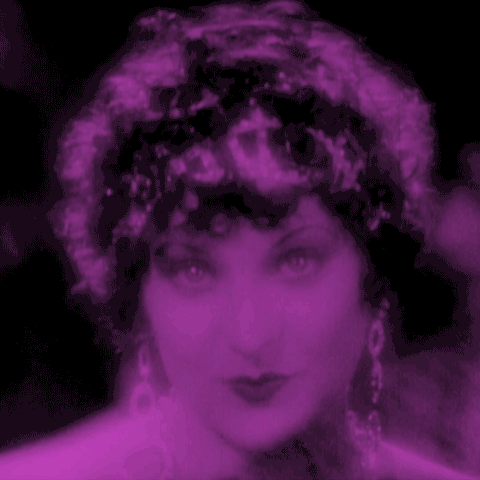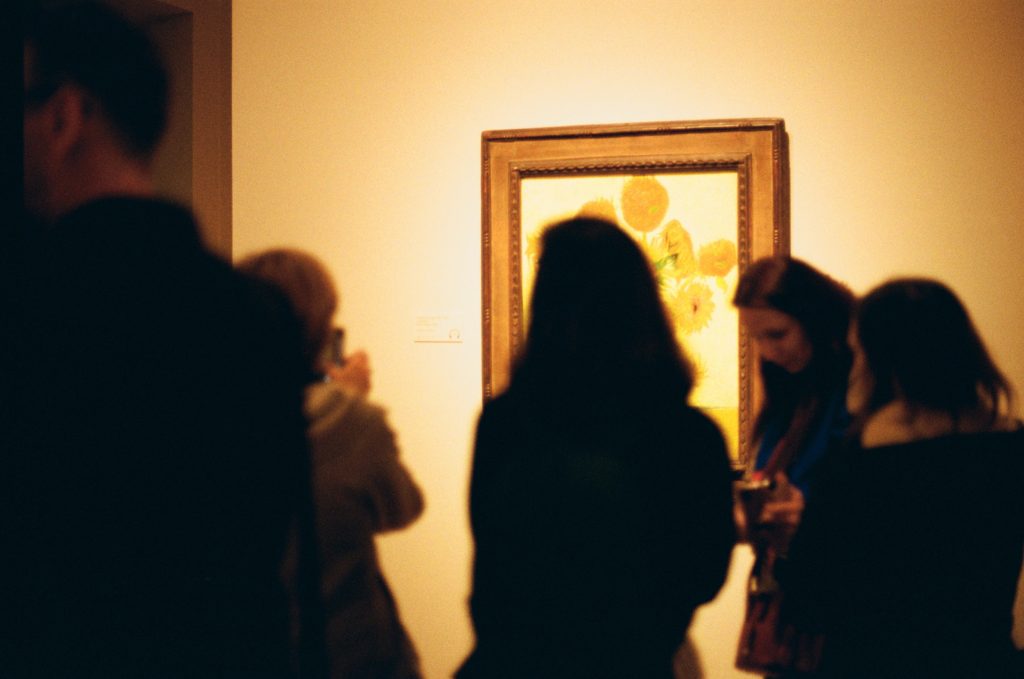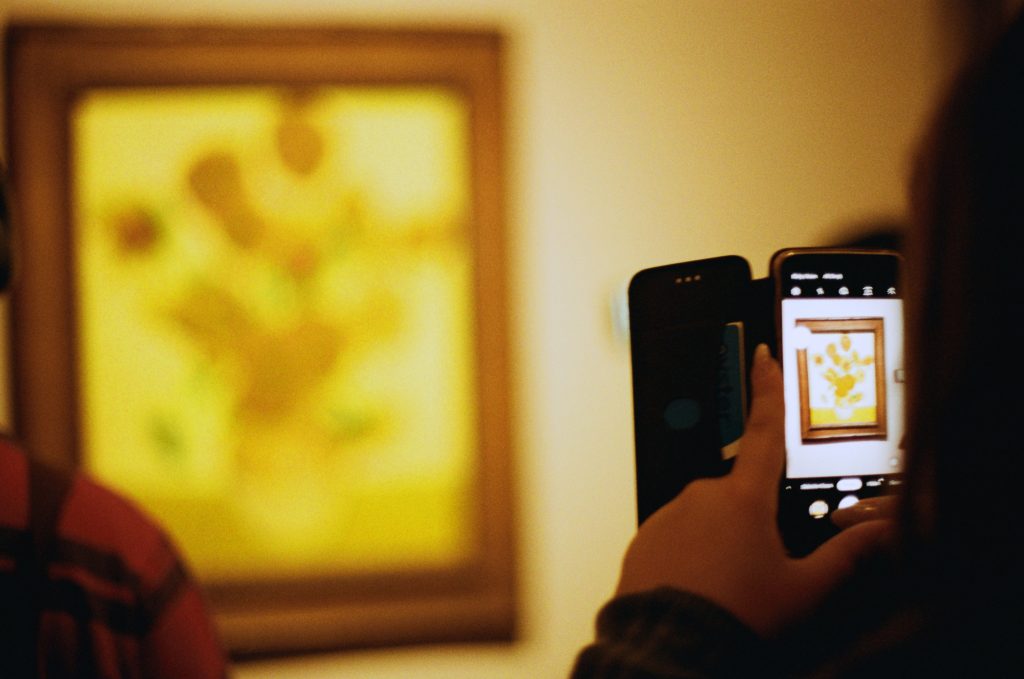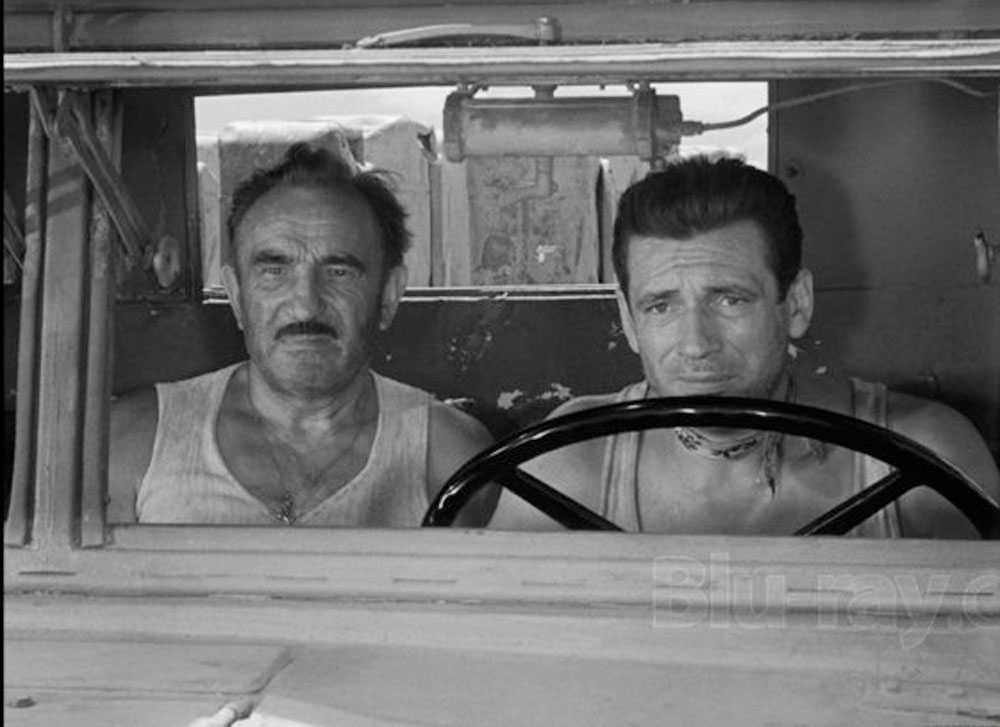Two novels, one small and mean, one vast and generous, both magnificent

This year I started a bookclub in our house – with mixed results if I’m honest. It’s called ‘The Small Book Club’ and I seeded it with a pile of cheap and second-hand novels all of which are less than 200 pages long (some less than 100). You can see what I’m trying to do here – I’m trying to overcome the collapsed attention spans and poisonous TikTok habits of my family by offering them only short books to read. Like I said, mixed results (my own collapsed attention span and poisonous TikTok habit aren’t helping).
Anyway, one of my children actually read a book from the pile – Nabokov’s ‘The Eye‘ – and, when we were chatting about it afterwards, provided a review that ought to be printed on the back of the book. She called it: ‘incel Sherlock Holmes’.
I honestly can’t argue with that. I mean this little mystery is a malignant jewel, composed of equal parts corrosive irony, elemental disdain and lofty amusement. Nabokov doesn’t have a humanist bone in his body. He’s like an aesthete Jordan Peterson. His perspective is so powerfully misanthropic – even the sympathetic characters are drawn with such withering hostility that it’s impossible to identify with anyone here. And the other characters occupy a spectrum that goes from weak and insipid, via stupid and venal all the way to cruel and murderous (also imaginary or dead or both).
I know this doesn’t come close to capturing the magnificence of Nabokov – and I wouldn’t be grand enough to think that I could – and I may have been sensitised to this little book’s nastiness and disdain by the fact that I’ve almost finished another, much bigger book – Victor Hugo’s vast, I mean really vast Les Misérables, which – at least for the minute – is the grandest, most big-hearted and humane (also silly and occasionally demented) work of art I’ve ever encountered.
In fact, I grandly conclude that the two novels define, between them, the entire universe of possibility for a novelist. The whole spectrum. Everything that is achievable in a novel must, necessarily, sit on the line between these two books – between The Eye’s perfect and hateful 80 pages and Les Misérables’ perfect and generous 1,500.
They’re as different as two novels could possibly be. The Eye embodies what must be the very end, the very end-stop, of the novelistic form – beyond which it collapses into all those shorter forms and less magically coherent shapes. And I’m sure Les Misérables must constitute the most expansive form that the novel has ever taken (seriously, it’s bigger and more inclusive than Ulysses – in fact, imagine Ulysses exploded and stretched across 17 years and every lane and back alley and upstairs room in France and you have Les Misérables).
And, really, I’m ready to accept that this spectrum of novels thing is almost certainly unsupportable. I mean there are probably other axes that go off at various angles from the line at the very least – where you’ll find all the other branches of novel-writing and literary expression and involvement with life and love and death and so on.
I’ve been reading Les Misérables for over a year. It was supposed to be all over on 31 December last year (there are 365 chapters, you see, so I’d been getting through it one short chapter per day in a satisfying way) but my Kindle died in October and a kind of defeated tech ennui set in so the project stalled. But I’m back into it now and in the final stretch. Hugo had some ambitions for this one, his eighth novel:
The book before the reader’s eyes at this moment is from start to finish, in its entirety and in its detail – whatever the inconsistencies, the exceptions and the failings – the progression from evil to good, from wrong to right, from night to day, from craving to conscience, from putrefaction to life, from bestiality to duty, from hell to heaven, from nothingness to God. Point of departure: matter. Point of arrival: spirit. Hydra at the outset, angel at the last.
Hugo, Victor. Les Misérables (Penguin Classics) (p. 1114).
Nabokov had some thoughts about the scope of his book, but they’re different – somehow meaner (this is from the 1965 foreword):
I have always been indifferent to social problems, merely using the material that happened to be near, as a voluble diner pencils a street corner on the table cloth or arranges a crumb and two olives in a diagrammatic position between menu and salt cellar.
Nabokov, Vladimir. The Eye (Penguin Modern Classics) (p. 2).
Of course, we enjoy Nabokov’s disdain for us: for his meal ticket, his reason for being. It’s bracing. We forgive him even the several gargantuan spoilers, right here, in the book’s foreword (added for this English edition in 1965). We must be weak.
- Vladimir Nabokov, The Eye, 1930 (Nabokov’s own 1965 translation).
- Victor Hugo, Les Misérables, 1862 (Christine Donoghue’s 2015 translation).
- All the books in The Small Book Club, so far.
- When reading Les Misérables i was constantly getting lost (partly because of the ridiculous way Kindle eBooks are organised, it should be said. Thanks Jeff) so I – seriously – made a spreadsheet listing all 365 chapters so I could tick them off. It’s public. You’re welcome.
- Margaret Lockwood loves Nabokov.
- You can get this stuff on Goodreads.
- And if you’re going to tackle Ulysses, do yourself a favour – own the book obvs but listen to the sublime audiobook, read by peerless Jim Norton (Bishop Whatsisname from Father Ted) and an uncredited (also peerless) woman for the Molly bit.

